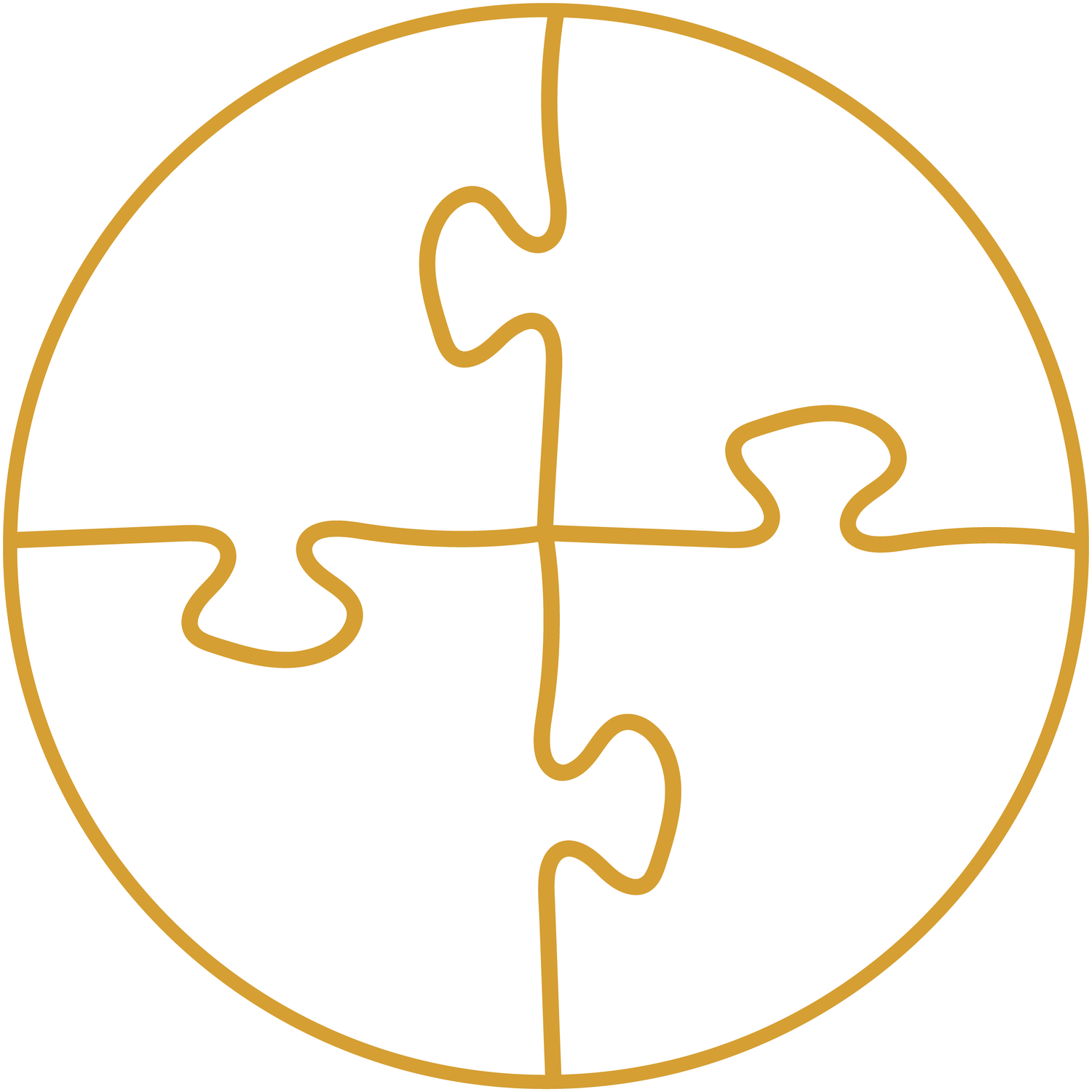Understanding Vertigo and Where it May be Coming From
What is Vertigo? Why do people get it? What does it really feel like?
Vertigo is actually a symptom rather than a true diagnosis. Vertigo is a type of dizziness that is described as feeling that you are spinning, or that the world is spinning around you. Vertigo can affect people of all ages, and can have many different causes. It is extremely important to distinguish if the vertigo is caused by the central nervous system of the peripheral nervous system and to rule out serious pathology.
What is our vestibular system?
The vestibular system is your body’s own equilibrium system. It is a complex set of structures and neural pathways that provides information about our balance and body position that allows our brain to tell our body how to adapt to these changes.
Basic Anatomy of the Peripheral Vestibular System
The anatomy of this system is quite complex, so we will go over the big structures. This part of the vestibular system is made up of semicircular canals, otolith organs, and a nerve that connects your ear to your brain (the vestibulocochlear nerve).
The semicircular canals help tell our brain if we are bending forward, looking up, or turning our head.
The otolith organs detect movement like accelerating in a car or when moving up and down like in an elevator. The vestibulocochlear nerve provides information to the brain about all of these different types of movements.
So what causes vertigo?
There are a large number of conditions that can cause vertigo and it is important to determine the true cause of vertigo. Vertigo can be a sign of serious pathology to the central nervous system like a stroke or multiple sclerosis. Or it could be caused by something in the peripheral nervous system such as benign paroxysmal positional vertigo, migraines, or vestibular neuritis. Just know that there are many different reasons someone can develop vertigo. In this post we are going to focus mainly on benign paroxysmal positional vertigo or BPPV for short.
What is BPPV?
BPPV is one of the most common causes of vertigo. There are crystals that are present in the inner ear and sometimes these crystals get displaced and end up in the semicircular canals. These canals are sensitive to movements of our head or when we change positions, so if the crystals get stuck in the canals then it sends inaccurate information to our brains out where our body is in space. This will lead to a sensation of vertigo. Common motions that will bring on the person’s vertigo symptoms include:
Tilting the head
Rolling over in bed
Looking up
Sudden head motions
What causes BPPV?
We are not exactly sure what causes BPPV. BPPV most commonly affects those 50 and older, and is more common in females. The vestibular system of the inner ear can also undergo degenerative changes as one ages. In those under 50, head injury is a common cause. Certain viruses, like Meniere’s disease, can also play a role. BPPV can also be caused as a result of surgery due to prolonged positioning on your back, or possible trauma to the inner ear.
How do patients present with BPPV?
Signs and symptoms include:
Vertigo brought on usually by movement of the body or head
Usually short duration, lasting seconds to minutes
Visual disturbance
It may be difficult to read or see during an attack
Loss of balance
Nausea
Patients will often say that they went to sit up from laying down and the room started spinning around them, or they were spinning.
How do we treat it?
Once the therapist has determined that a patient has BPPV they will perform a maneuver to help put the crystals back in place. There are a few different maneuvers that are used, however this most common is called the Canalith Repositioning Maneuver. The therapist will lay the patient down on their back with their head turned 45 degrees and take them through a series of head and body movements to reposition the crystals back into their proper place. The maneuver takes only a few minutes and occasionally will need to be performed more than once to ensure all of the crystals have been repositioned.
Once the BPPV has resolved, most patients' symptoms of vertigo are gone. However, there are some patients that will still feel vertigo with head movements and position changes. If this is the case then certain movement based exercises, called habitation exercises will be given to retrain the brain and resolve the last bit of vertigo that remains.
Phew…
If you are still with me after all of that, give yourself a pat on the back. It was a lot of information. Vertigo can be caused by so many different conditions, and it is critical to be evaluated by a healthcare practitioner to rule out serious pathology and receive proper treatment.
Follow us on instagram as we talk more about the vestibular system throughout the month of March. Please reach out if you have questions or comments.

